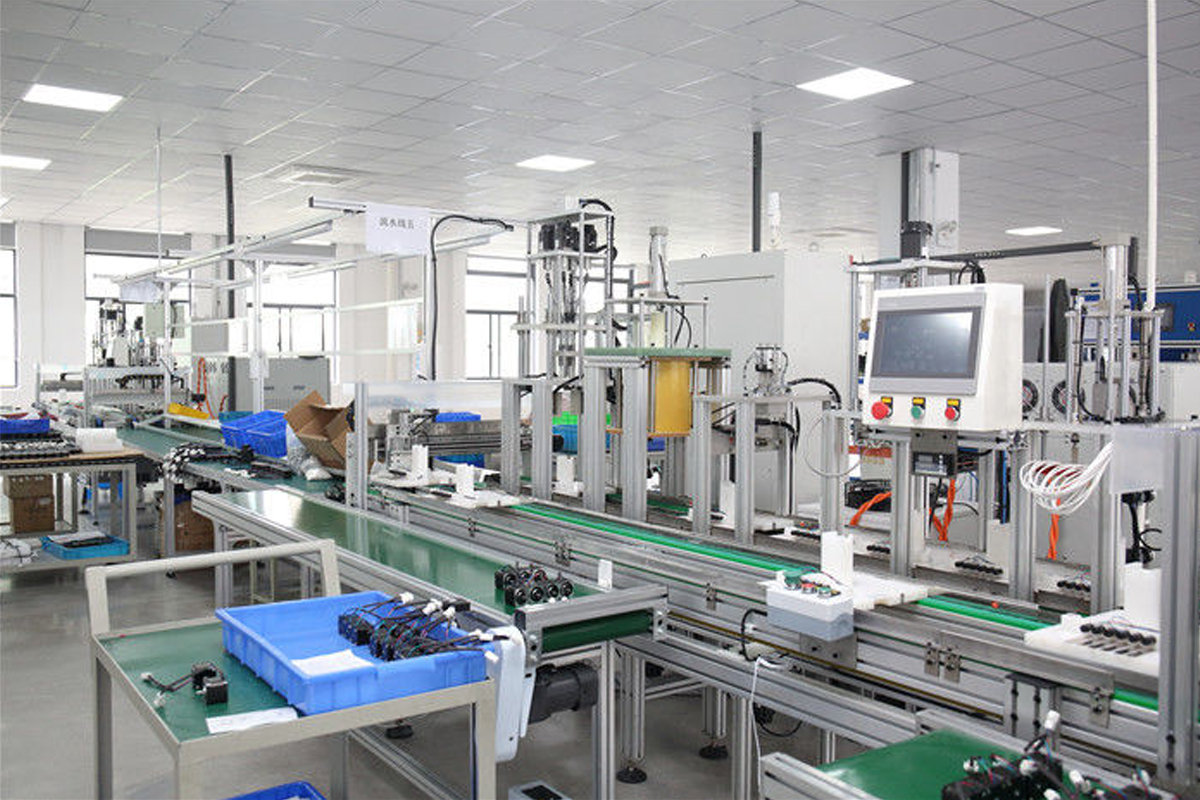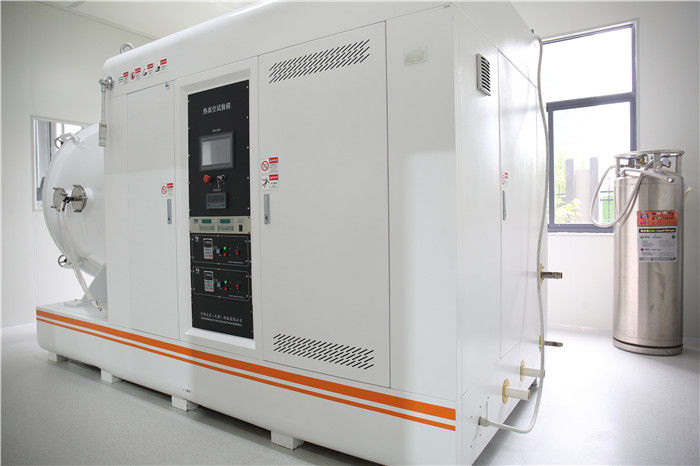
Lecture on the Differences Between Stepper Drive and Servo D
With the emergence of all-digital AC servo systems, AC servo motors are increasingly used in digital control systems. To adapt to the development trend of digital control, motion control systems mostly adopt stepper motors or all-digital AC servo motors as the executive motors. Although both are similar in control methods (pulse trains and direction signals), there are significant differences in performance and application scenarios.
Stepper motors are mainly classified by the number of phases, with two-phase and five-phase stepper motors being widely used in the market. A two-phase stepper motor can be finely divided into 400 equal parts per revolution, while a five-phase one can be divided into 1000 equal parts, hence the characteristics of five-phase stepper motors are better, with shorter acceleration and deceleration times and lower dynamic inertia.
Now let's compare their performance.
First, different control precision
The step angle of a two-phase hybrid stepper motor is generally 3.6 degrees or 1.8 degrees, while that of a five-phase hybrid stepper motor is generally 0.72 degrees or 0.36 degrees. Some high-performance stepper motors have even smaller step angles. For example, a stepper motor produced by Sitoon Company for slow wire cutting machines has a step angle of 0.09 degrees; the three-phase hybrid stepper motor produced by Bergerlahr Company (Germany) can set its step angle through DIP switches to 1.8, 0.9, 0.72, 0.36, 0.18, 0.09, 0.072, 0.036, compatible with the step angles of two-phase and five-phase hybrid stepper motors.
The control precision of AC servo motors is determined by the rotary encoder at the end of the motor shaft. Taking Panasonic's all-digital AC servo motor as an example, for a motor with a standard 2500-line encoder, due to the quadruple frequency technology adopted inside the driver, its pulse equivalent is 360 degrees / 10000 = 0.036 degrees. For a motor with a 17-bit encoder, the driver receives 2^17 = 131072 pulses per revolution of the motor, that is, its pulse equivalent is 360 degrees / 131072 = 9.89 seconds, which is 1/655 of the pulse equivalent of a stepper motor with a step angle of 1.8 degrees.
Second: Different low-frequency characteristics
Stepper motors are prone to low-frequency vibration at low speeds. The vibration frequency is related to the load condition and driver performance, generally considered to be half of the motor's no-load jump frequency. This low-frequency vibration phenomenon determined by the working principle of stepper motors is very unfavorable for the normal operation of machines. When stepper motors work at low speeds, damping technology is generally used to overcome the low-frequency vibration phenomenon, such as adding dampers to the motor or adopting subdivision technology on the driver.
AC servo motors run very smoothly and do not vibrate at low speeds. The AC servo system has a resonance suppression function, which can cover the insufficient rigidity of the machinery, and the system internally has a frequency analysis function (FFT), which can detect the resonance points of the machinery, facilitating system adjustment.
Third: Different torque-frequency characteristics
The output torque of stepper motors decreases with the increase of speed, and drops sharply at higher speeds, so their maximum operating speed is generally between 300 and 600 rpm.
AC servo motors output constant torque, that is, within their rated speed (generally 2000 rpm or 3000 rpm), they can output rated torque, and above the rated speed, they output constant power.
Fourth: Different overload capacity
Stepper motors generally do not have overload capacity. AC servo motors have strong overload capacity. Taking the Panasonic AC servo system as an example, it has speed overload and torque overload capacity. Its maximum torque is three times the rated torque, which can be used to overcome the inertia moment of inertial loads at the moment of starting. Stepper motors do not have this overload capacity, so when selecting models to overcome this inertia moment, they often need to choose motors with larger torque, but the machine does not need such a large torque during normal operation, resulting in a waste of torque.
Fifth: Different operating performance
The control of stepper motors is open-loop control, and too high starting frequency or too large load can easily cause step loss or stall, and too high speed when stopping can easily cause overshoot, so to ensure its control accuracy, the acceleration and deceleration problems should be handled well. The AC servo drive system is a closed-loop control, and the driver can directly sample the feedback signal from the motor encoder, forming a position loop and a speed loop internally, generally不会出现步进电机的丢步or过冲的现象, the control performance is more reliable.
Sixth: Different speed impact performance
Stepper motors take 200-400 milliseconds to accelerate from static to working speed (generally several hundred revolutions per minute). The acceleration performance of the AC servo system is better. Taking the Panasonic MSMA400W AC servo motor as an example, it only takes a few milliseconds to accelerate from static to its rated speed of 3000 rpm, which can be used for control occasions that require rapid start and stop.
The above content is about the differences between stepper drive and servo drive by Changzhou Juguang Yuye Motor Manufacturing Co., Ltd. The company mainly produces and sells stepper motors, linear screw stepper motors, DC brushless motors and drive controls. The company pays attention to the quality training of employees and now has a group of high-quality technicians and professional staff teams with strong team spirit. In terms of manufacturing equipment, the company has invested a lot, purchasing a batch of automated precision processing machines, and the processing accuracy of parts has reached a relatively high level of foreign counterparts. Welcome customers to consult and understand.


